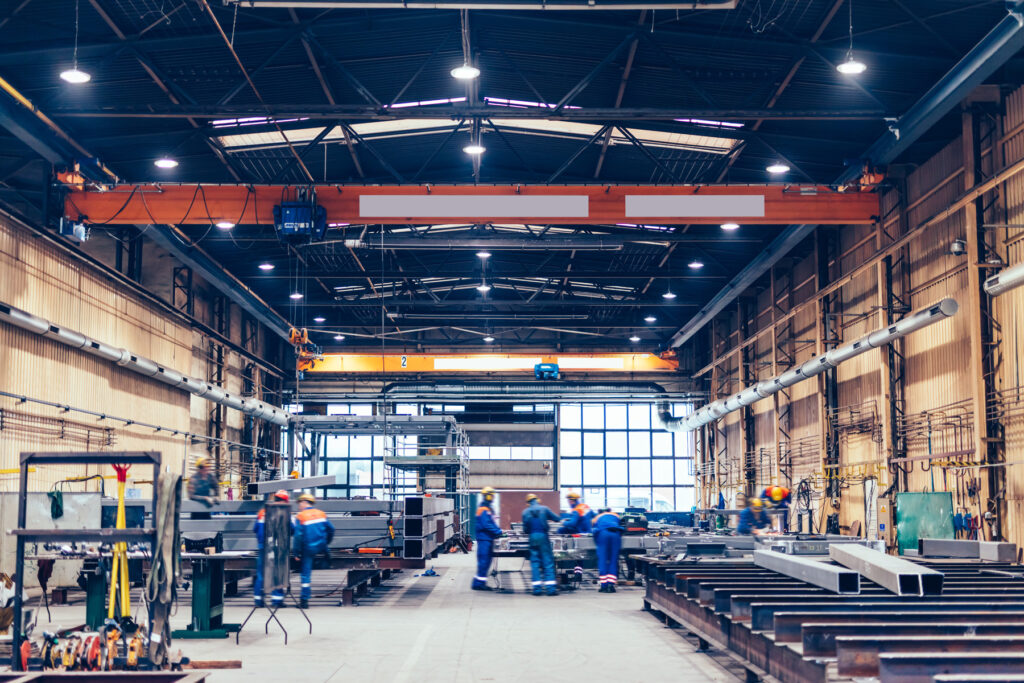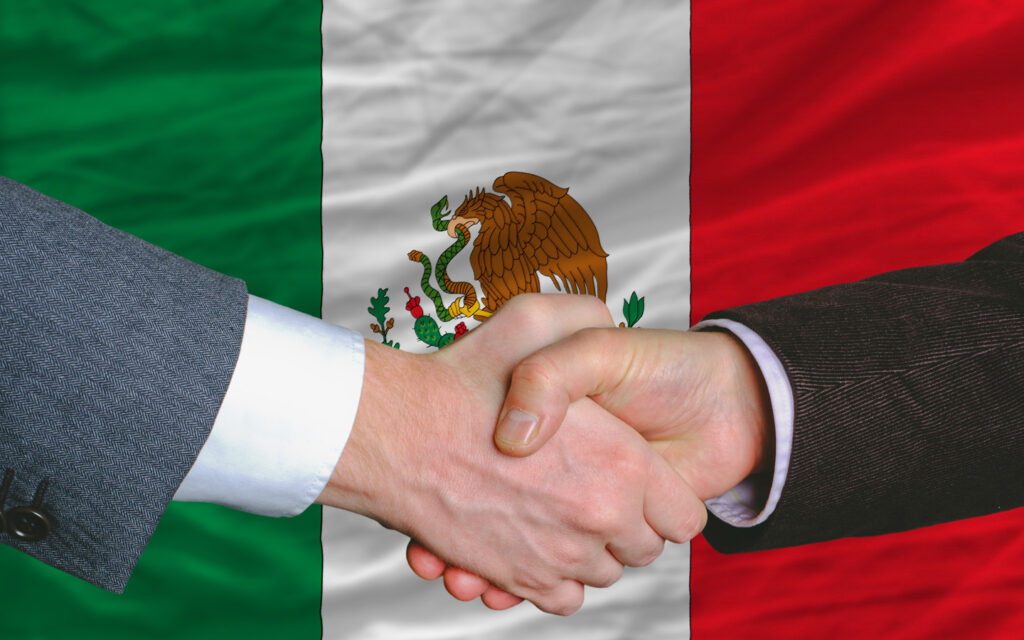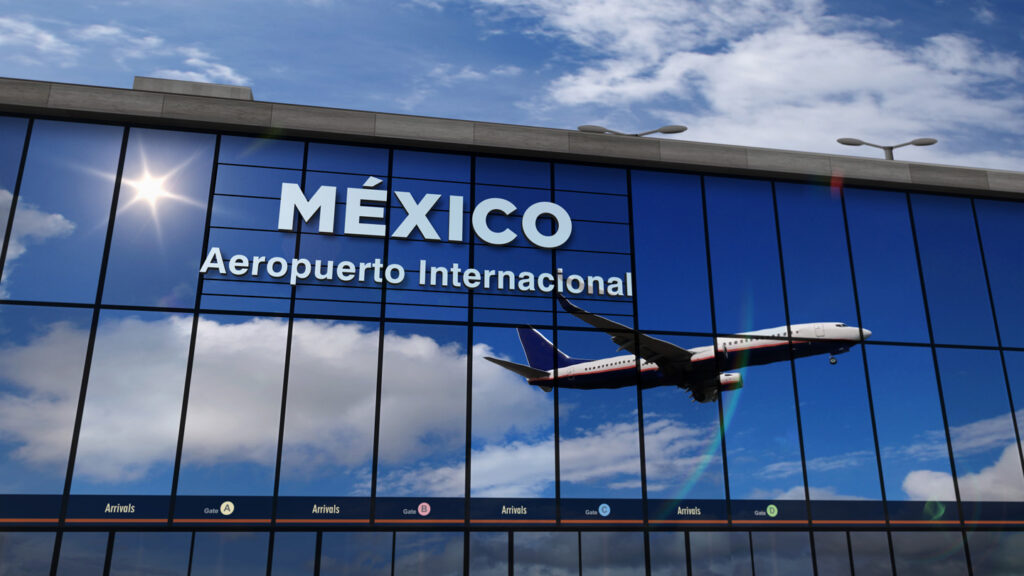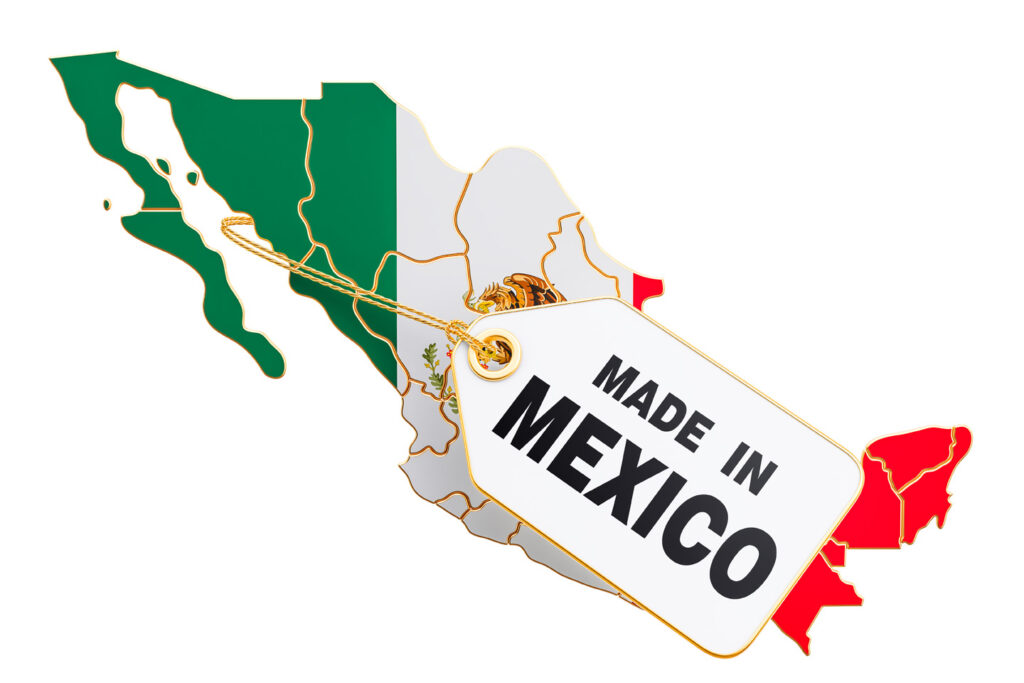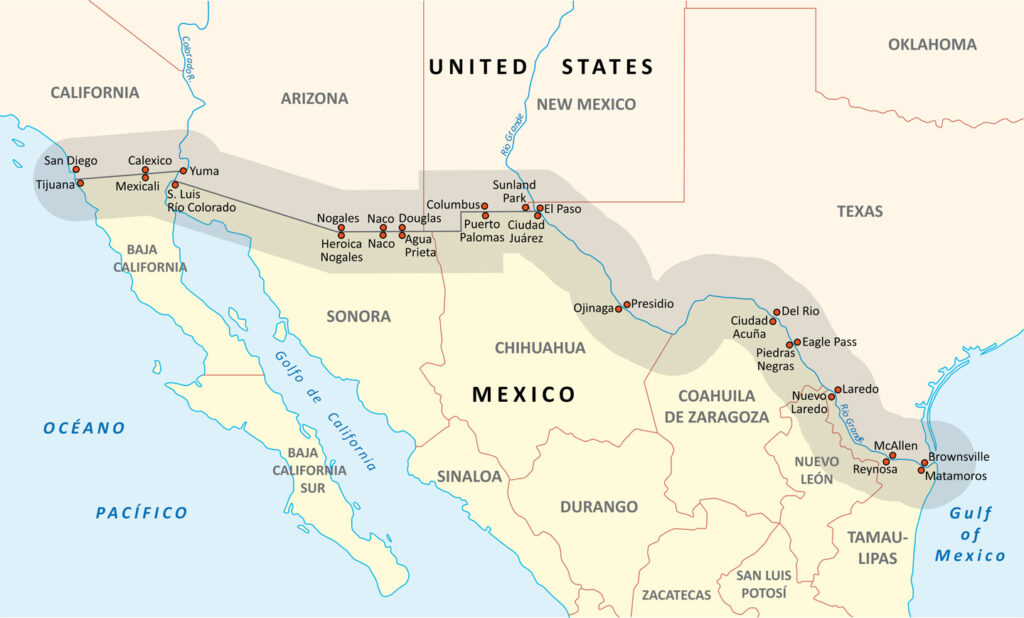As one of the first to take advantage of the Maquiladora Program, the electronics industry in Mexico is well established. In fact, it’s been one of Mexico’s chief manufacturing enterprises for decades, involving several key product areas and major industry leaders from around the world.
But it hasn’t flatlined. Mexico’s electronics industry continues to grow. As the country has evolved from simple assembly operations to now leading the way in innovation, cutting-edge design, and higher-end products, the electronics industry in Mexico is charting the way forward in the global electronics economy.
By the Numbers
Industry statistics in Mexico demonstrate a vibrant electronics industry already dominating in several key areas.
- Mexico is the world’s largest exporter of flatscreen TVs.
- Annual industry investment currently stands at approximately $5 billion USD.
- Mexico manufactures over 20 million TVs per year just in Tijuana.
- Mexico is also the 6th largest producer of electronics in the world.
- Mexico is the 2nd largest electronics exporting country to the US.
- Annual industry growth is usually in the double digits, with 20% reported 2010-2011.
- 30% of Mexico’s exports are electronics.
- Total production for 2020 was $8.5 billion USD.
- Even in the 2020 slowdown, Mexico’s electronics components registered 7.1% revenue growth, making it the fastest growing sector in Mexico.
Mexico’s Electronics Manufacturing Clusters
According to official numbers for Mexico’s electronics industry, the country has well over 1,100 companies designing and manufacturing electronic devices and components. While these companies can be found throughout the country, there are a few places where they clearly coalesce into industry clusters.
Mexico’s primary electronics industry clusters are found in Nuevo León with 105 companies, Chihuahua with 112 companies, Jalisco with 118 companies, and Mexico City with 127 companies. However, the location of the undisputed leading cluster is Baja California, home of Tijuana and about 200 electronics companies.
Many multinational electronics OEMs and ODMs are heavily invested in these electronics manufacturing clusters. Some of these companies include:
- HP
- Samsung
- Panasonic
- LG
- Foxconn
- Toshiba
- Sony
- Siemens
- RCA
- Compaq
- Vizio
- Zenith
- Lenovo
Not all of these companies use wholly owned subsidiaries to make their products. Many of these global leaders in electronics open maquiladoras (manufacturing facilities) in partnership with a shelter company. This allows them to harness all the cost savings of Mexico without having to take on the additional risk exposure and administrative headache.
Focus Areas of the Electronics Industry in Mexico
Broadly speaking, the electronics industry in Mexico is broken down into five key areas of manufacturing:
- Audio and video
- Computing and office
- Semiconductors
- Communications and medical equipment
- Precision measurement, navigation, control, and optical instruments
Without a doubt the most manufactured products in Mexico are computers, flatscreen TVs, and smartphones. Mexico is the leading manufacturer and exporter of TVs in the world. And their mobile device market is growing by leaps and bounds.
However, Mexico has evolved over the years. Early in their industry involvement, Mexican operations focused on mass production and low-skill assembly. This has completely changed, however. Mexico now focuses on a high-mix approach, with smaller batches of higher value-added products.
Mexican Electronics Design
This leads us to the subject of Mexican design contributions to the industry. As Mexico has increased her trade agreements and standing as a destination of choice for global export manufacturing, companies around the world have come to expect more. Simple, low-cost assembly may have been the beginning of the electronics industry in Mexico, but Mexican contributions now include leading innovation and design.
Mexico now provides advanced research and design services and the manufacture of highly sophisticated products, including:
- Semiconductors
- LCD panels
- Microprocessors
- Chipsets
- Microelectronics
- Printed circuit boards
Mexico graduates well over 100,000 new electronics engineers into the workforce every year – more than in the United States. And since 2008, one in four appliances sold in the US are of Mexican design. Even many sold under the brand names of other OEMs from countries like Taiwan, Korea, or Japan, are in fact designed and manufactured in Mexico.
As demand and product specifications in the electronics industry evolve, Mexico is evolving, too. Over the past three decades, the Latin American country has proven itself to be a world leader in manufacturing these devices and technologies. And there’s every reason to believe this growth and leadership will continue.


